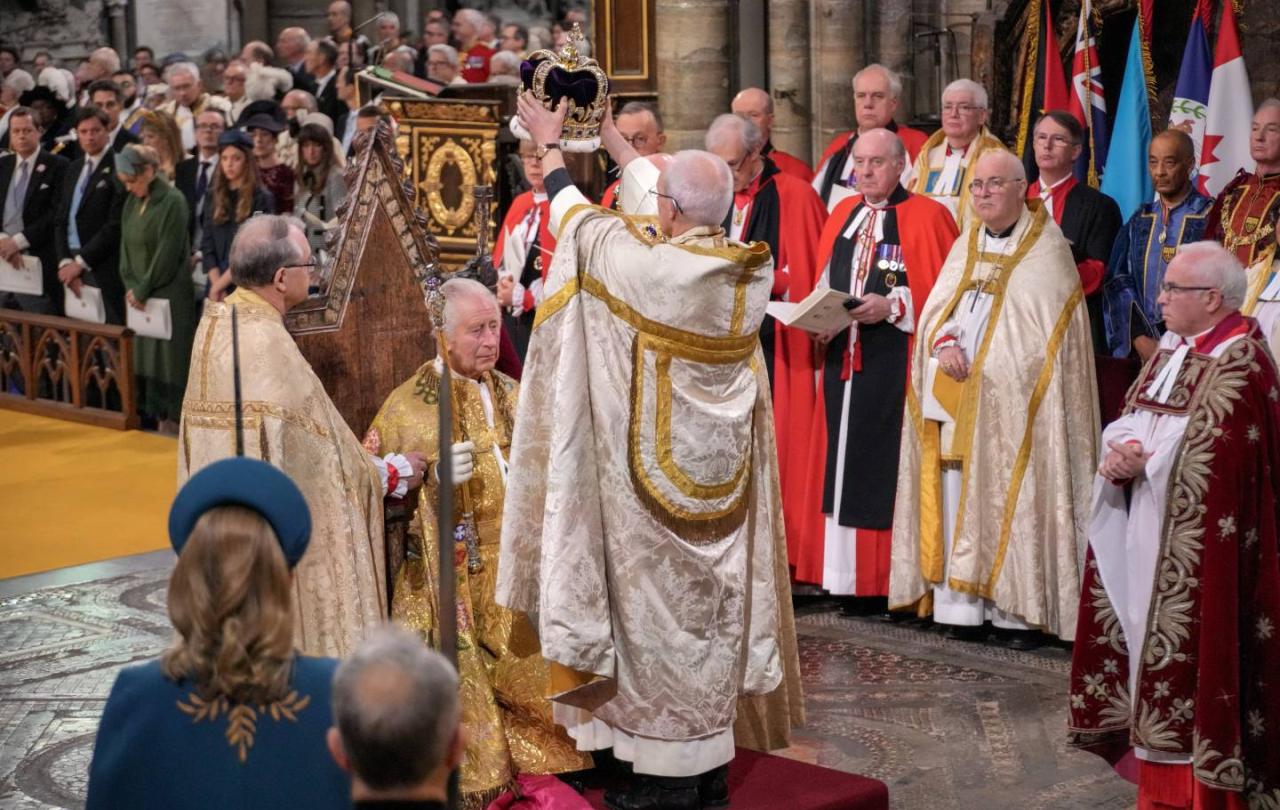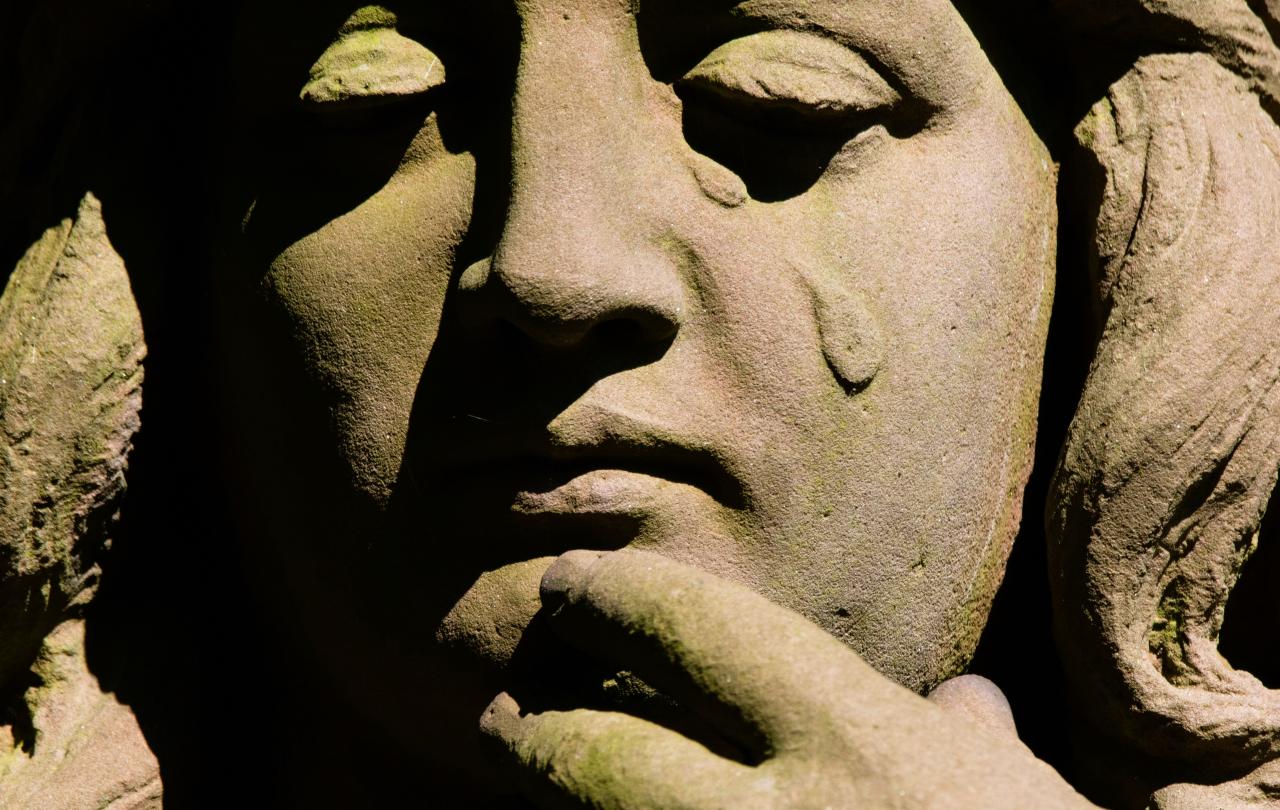
The Catholic News Agency is a news outlet whose Instagram account posts warm pictures of the Pope, Catholic saints and so on, with heart-warming, if a little anodyne, quotations. A week or so ago, it sparked one of the most unlikely social media spats in recent times - an argument between Madonna (no, not the Virgin Mary) and Pope Leo himself.
With the announcement of Sarah Mullally as the 106th Archbishop of Canterbury, this debate may have something to say to her as she moves from London (where I knew her well and worked with her as a fellow bishop) to Lambeth.
The CNA had posted a picture of a smiling, waving Pope Leo with the caption: “My priority is the Gospel, not solving the world’s problems.” It referred to an interview in which the Pope had said: “I don’t see my primary role as trying to be the solver of the world’s problems… although I think that the Church has a voice, a message that needs to continue to be preached, to be spoken and spoken loudly.”
The comments below were predictable, ranging from “This is a God-inspired pope!” to “The pope is irrelevant’ – and much worse. But among the 2000 or so comments was one by Madonna herself: “The whole point of teaching and learning the Gospel is to inspire people to love one another and make the world a better place. Not just with words but with actions, which is exactly what Jesus did. I am truly disappointed by this.”
Madonna has always had an odd relationship with the Catholic Church, and this was not the first time she has engaged with Pope Leo (or his predecessor Francis for that matter) online. But the story still went viral.
So - back to soon-to-be Archbishop Sarah.
She certainly faces a challenging inbox - divisions among Anglicans over sexuality that threaten to tear the Anglican Communion apart; safeguarding scandals; the ructions that being a female Archbishop will raise for traditionalists within the Church of England and with the Catholics and the Orthodox; the rise of Christian Nationalism, criticism of the Church’s commitment of £100m for reparations for slavery, not to mention the continue decline of Anglican congregations around the country.
So what should her priorities be as she starts her role?
I must confess I’m on Pope Leo’s side in this one. Unsurprisingly, the scholarly Augustinian Pope is a better theologian than the singer of ‘Like a Prayer’.
Pope Leo went on to say: “The values that the Church will promote in dealing with some of these world crises don’t come out of the blue, they come out of the Gospel. They come from a place that makes very clear how we understand the relationships between God and us, and between one another. Going back to the very basic things of respecting one another, respecting human dignity: where does that human dignity come from and how can we use that as a way of saying the world can be a better place, and we can treat one another better?”
It is the job of politicians – not the Church - to work out the precise policies and mechanisms that will deliver a better society. Yet of course that begs the question: what does ‘better’ mean? And that is where the church does have something to say.
Pope Leo’s point is that if the Church does make political interventions, they have to arise strictly from the very heart of its own faith. Christian leaders shouldn't get too involved in detailed policy recommendations, but they can outline their vision of what a good life together looks like, based on the story of the gospel itself.
The one thing that the church has to offer the world is Jesus - in other words, the remarkable, world-shattering belief that God the Creator entered human history, like an author stepping on to the stage of his own play. Yet he did it in the most unexpected way possible, without fanfare, simply showing a radical, determined, self-giving love, dying an excruciating death at human hands and rising from death as the first sign that death is nothing to be afraid of because it has been beaten once and for all.
To believe that is weird. It changes everything – life is not a search for wealth, friends and success but for holiness and wisdom. It is not a search for self-fulfilment but a radical turn away from self-centredness to a growing love for God our Maker. The poor not the wealthy are the ones who matter. We are held in the hands of a God whose love for us is endless. The universe is not impersonal and silent but pulses with love. Evil is a force trying to undo everything that God has created. Death is just the gateway to something far better for those who believe.
Tom Holland put it like this this: “If you're a Christian, you think that the heart of the entire fabric of the cosmos was ruptured by this strange singularity where someone who is a God and a man set everything on its head.”
And paradoxically, it is by focusing on that extraordinary message, that the Church can play its part in helping unravel some of the other problems, whether in the Church or the world.
Pope Leo was right. And maybe this is the advice for our new Archbishop: don’t start out by trying to change the world. Start with the gospel. It’s all we have to offer. Teach it, remind the church and the world of it. Use imagination, creativity, social media – whatever.
You may end up solving the world’s problems, you may not. The early Christians didn’t march on Rome, petitioning Caesar for new laws on migration across the empire or fairer treatment for slaves. They simply lived out their faith, creating communities that included everyone, worshipped Jesus and excluded idolatry. They taught, learned and lived the gospel. And eventually the world was changed.
So our new Archbishop will and must talk about immigration, assisted dying, poverty and other political issues, but she must make sure it’s always rooted in something Christian. Or as St Paul put it: “Proclaim the message, whether the time is favourable or unfavourable. Always be sober, endure suffering, do the work of an evangelist, carry out your ministry fully.”
And let the rest of us encourage her in doing that as well as she can.
Support Seen & Unseen
Since Spring 2023, our readers have enjoyed over 1,500 articles. All for free.
This is made possible through the generosity of our amazing community of supporters.
If you enjoy Seen & Unseen, would you consider making a gift towards our work?
Do so by joining Behind The Seen. Alongside other benefits, you’ll receive an extra fortnightly email from me sharing my reading and reflections on the ideas that are shaping our times.
Graham Tomlin
Editor-in-Chief





